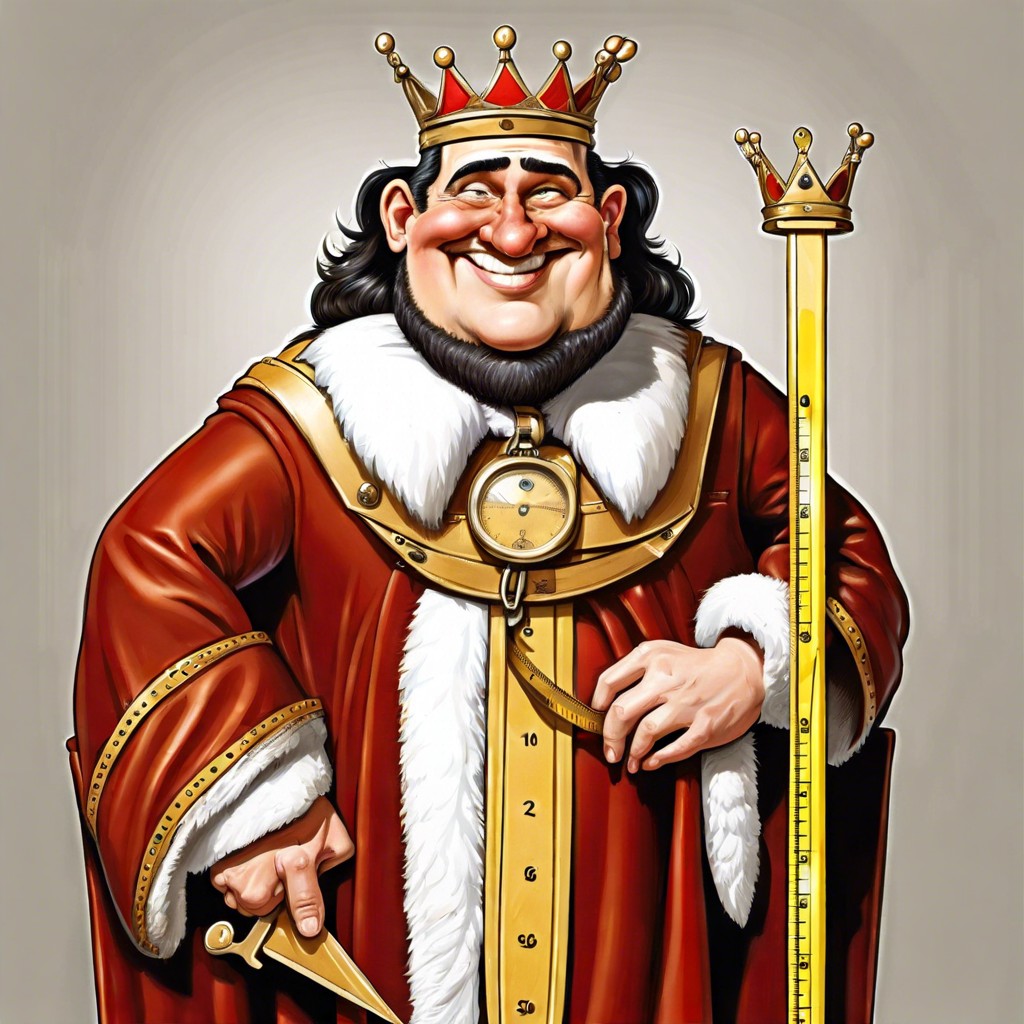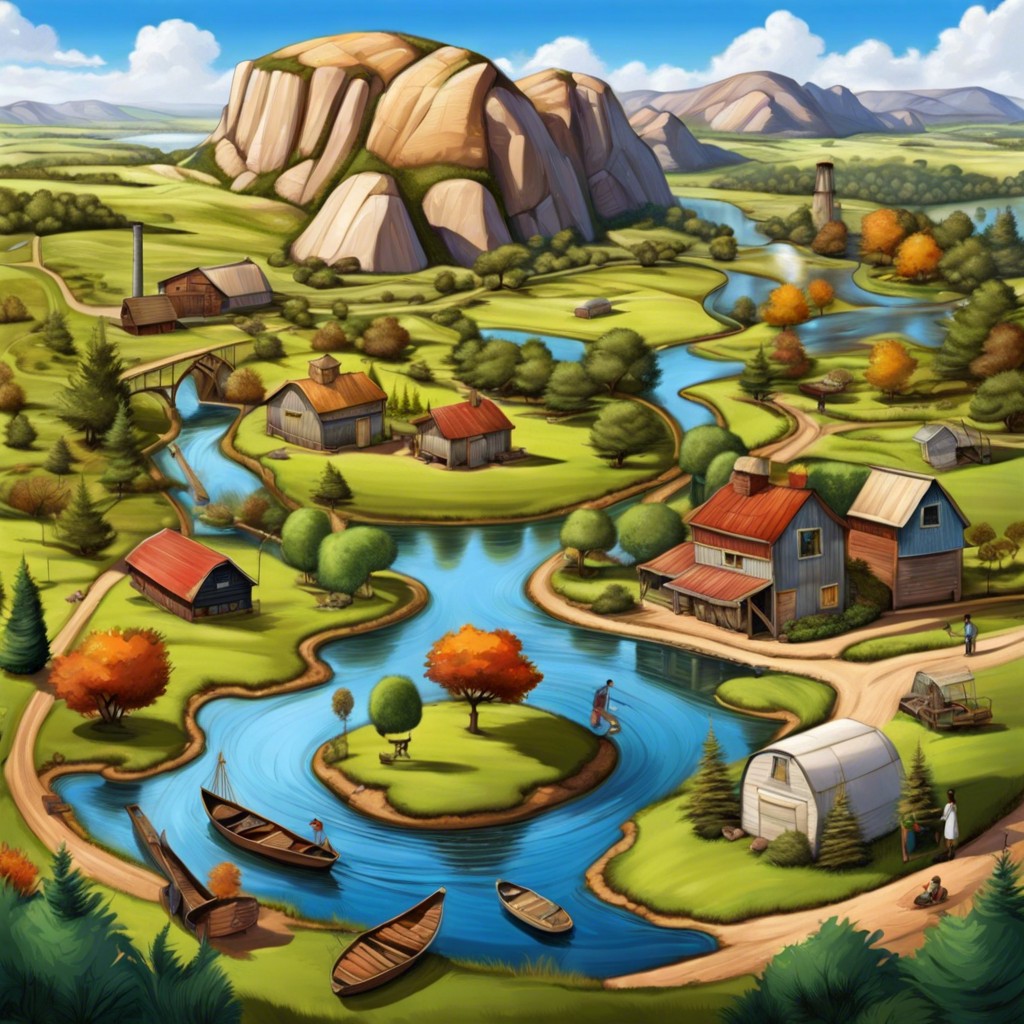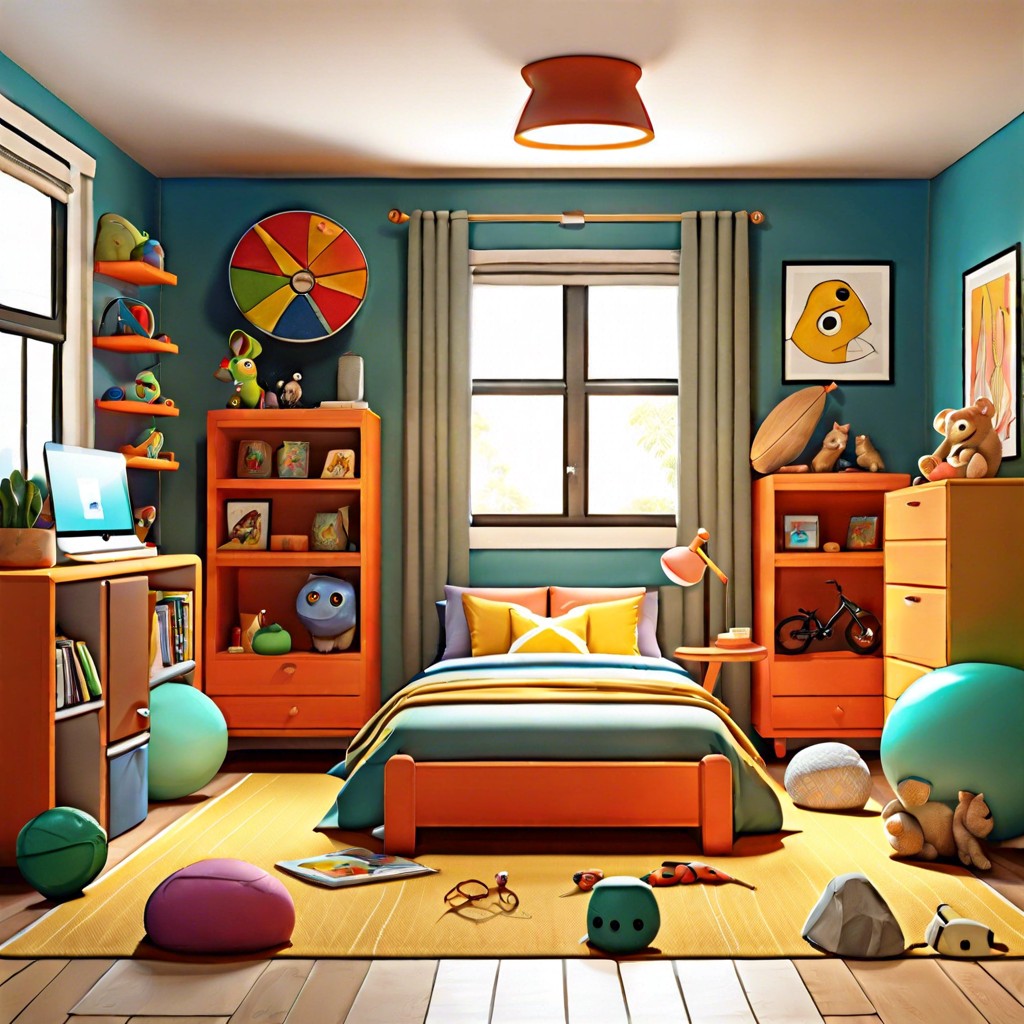Learn exactly how big 10 cm is by comparing it to everyday objects for a clear understanding.
Key takeaways:
- 10 cm can be visualized as slightly larger than a standard credit card or a quartet of stacked dice.
- A typical smartphone cut to about 60% of its length is another reference point for 10 cm.
- Everyday objects such as dinner spoons, forks, and an adult’s palm have widths close to 10 cm.
- 10 cm is useful for crafting, gardening, and maintaining clearances in interior design.
- In educational settings, 10 cm can help children develop an understanding of length and measurement.
Visual Comparisons of 10 Centimeters
Imagine a standard credit card, which is roughly 8.5 cm in width, then picture it slightly extended. Another visual reference is a quartet of stacked dice, each side measuring about 2.5 cm, aligning closely with 10 cm when combined. These everyday items provide a quick mental image for gauging the size of 10 cm, facilitating a more intuitive understanding of this measurement in a variety of situations. This skill is particularly useful when precise measuring tools aren’t at hand, empowering you to estimate dimensions effectively just by eye.
Everyday Objects Comparable to 10 Centimeters
A standard credit card is about 8.5 cm wide, so just a bit over that gives you a good idea of 10 cm. Likewise, a typical smartphone, which ranges from 14 cm to 16 cm in length, is another relatable visual: imagine cutting off about 60% of its length.
If you’re setting a table, think of a dinner spoon or a fork; most are near to 10 cm in their width, crossing from tip to handle. For a quick check while crafting or basic building tasks, envision the width of an adult’s palm, which is usually around 10 cm across.
These comparisons offer a quick, practical way to approximate measurements, facilitating accuracy without always reaching for a ruler.
Practical Uses for Measuring 10 Centimeters
In the realm of crafting, precise measurements are paramount, and 10 centimeters often serves as an ideal length for components of larger projects, like the spine of a handmade book or segments of a knitted scarf. Similarly, in the garden, gauging the spacing between seed plantings ensures adequate growth room—10 centimeters is a common recommendation for spacing out smaller herbs and flowers.
For interior design, maintaining a 10-centimeter clearance between furniture and wall outlets is advisable for safety and ease of access. This measurement also often falls in line with the minimum clearance needed for air circulation around appliances and electronics, which is critical for maintaining their efficiency and prolonging their life.
In educational settings, especially in early learning, 10 centimeters can be used to help children visualize and understand the concept of length. This can involve using a ruler to measure objects around the classroom, aiding in their cognitive development regarding measurement and numerical understanding.




